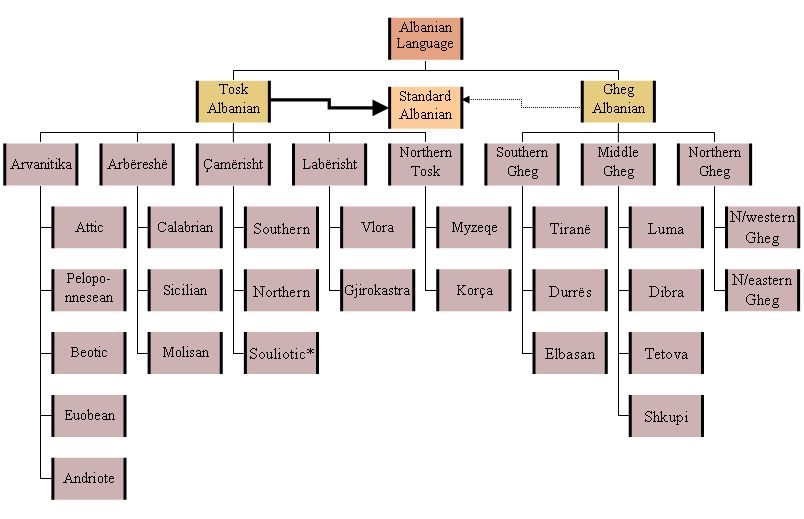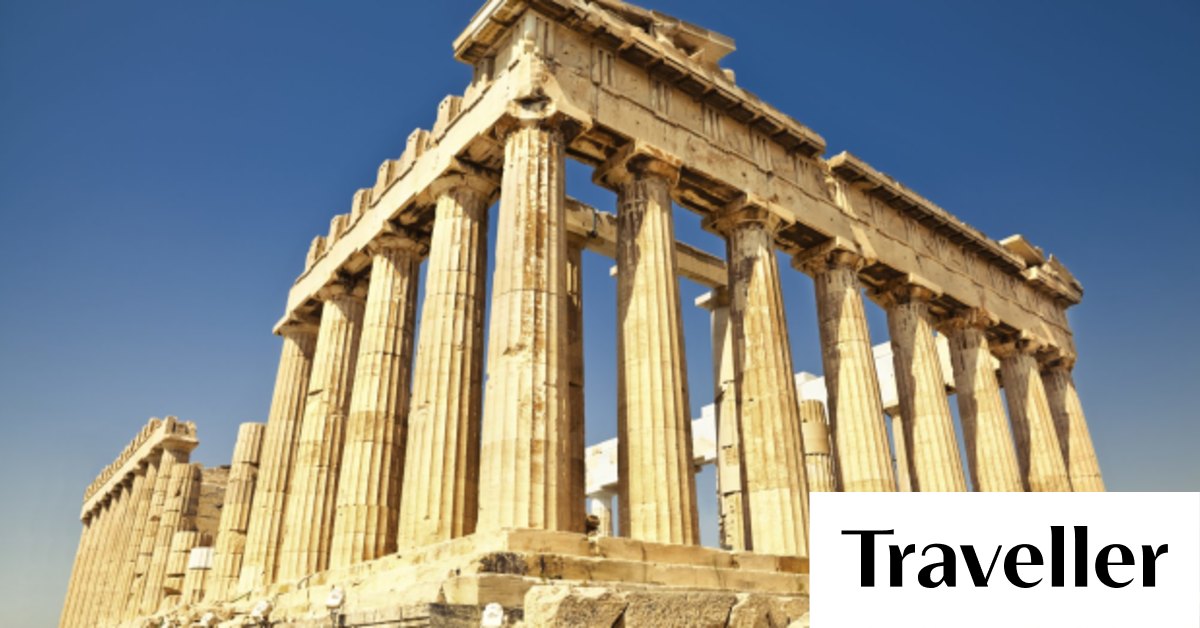Originally posted by Risto the Great
View Post
Both Arbereshe and Arvanitika originally were Tosk dialects. The Arbereshe dialect I would not consider purer but it obviously has had more Latin influence.
Many Arbereshe speakers use broken Arbereshe, they mix Albanian with Italian words. It is probably the most difficult of the dialects to understand.
Arvanitika dialect however shares 95% of it's vocabulary with other Tosk dialects. In fact since standard Albanian is mostly based on the Tosk dialect it makes Arvanitika closer to proper Albanian than the Gheg speakers.
Isn't it a irony that Arvanites not only speak Albanian but a form closer to the standard language than most Albanians?





Comment